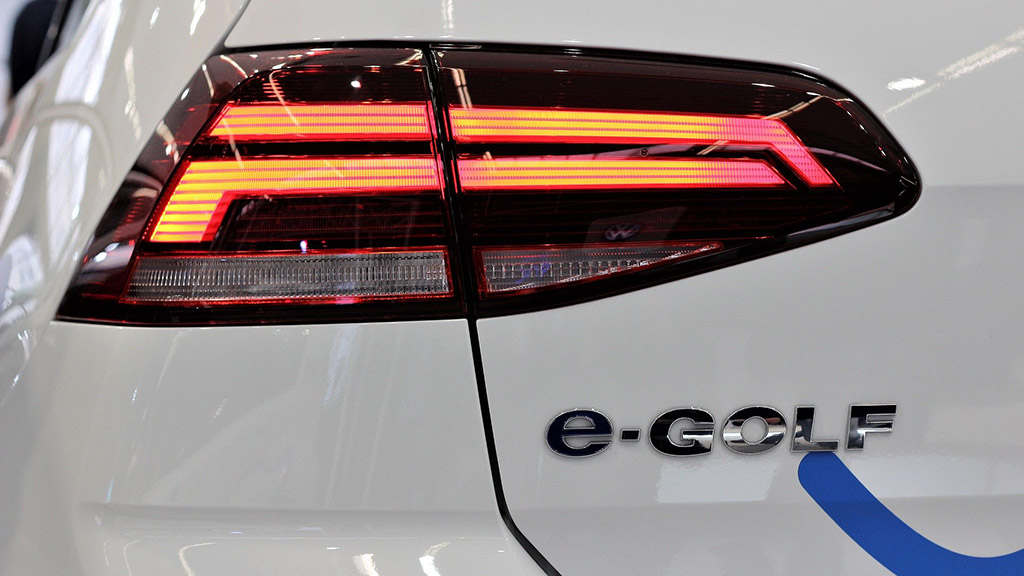|
Landeshauptstadt Dresden - www.dresden.de https://www.dresden.de/en/business/location/key-sectors/smart-mobility-eng.php 11.09.2023 15:13:50 Uhr 26.10.2024 21:51:58 Uhr |
|
Smart Mobility
When you play the video, a connection to an external website is established, your user information is transmitted and possibly processed there. Further information can be found in the privacy policy. (Privacy policy).
Mobility in cities will change fundamentally in the 21st century. We are at the dawn of a new age of increasing diversity in mobility options. Dresden is creating optimised intermodal transfer centres for its citizens in the form of 70 MOBI stations, where existing public transport, car-sharing and bike hire are more effectively interlinked, and electromobility is also incorporated. MOBI stations are being set up at central locations with maximum public presence.
Smart charge and load management with controlled charging and prioritisation of users, as well as battery storage as a charge buffer, has enabled a charging infrastructure to be established swiftly at the MOBI stations. A second stage will see users given the option of cheaper power rates in exchange for vehicle data. This information, provided in accordance with data-protection regulations, will be used to develop valuable services for an economically viable operator concept.
The City of Dresden is devising its future scenarios through strategic co-operation with partners. For example, it has been working with Volkswagen on electromobility and digitalisation since 2016.
It is also preparing mobility concepts for the future as part of several research and sponsored projects run by the German federal government and the Saxon state government.
The VAMOS project is interlinking traffic detectors, as well as various transport-management and control systems for the city road network and motorways. The system revolves around Dresden’s traffic data centre, where the traffic situation is ascertained, the connected systems are consequently controlled automatically, and the traffic information is fed into the information and communications services. The TU Dresden has a VAMOS centre, which is used for various research tasks.
Driverless cars are being trialled in Dresden on six test corridors spanning a total length of 20 kilometres. The German Federal Ministry of Transport and Digital Infrastructure (BMVI) has been supporting relevant research projects since 2016, with more than 70 light-signal systems being fitted with appropriate communications modules. A radio connection between the vehicles and the traffic lights enables the traffic lights to predict/advise the vehicle when they are going to change. The driverless vehicle can then react to this with anticipatory manoeuvres based on algorithms. Networking technologies update nearby cars of this, making it possible, for example, for more vehicles to take advantage of green lights and adjust their speed when approaching a green light in such a way that they do not have to brake hard or start up again. This will help ensure more efficient traffic flows and better air quality in future when used in production-model vehicles.
Networked vehicles will also be able to easily report any planned lane changes. The system will be able to factor this in to optimise traffic flow.








